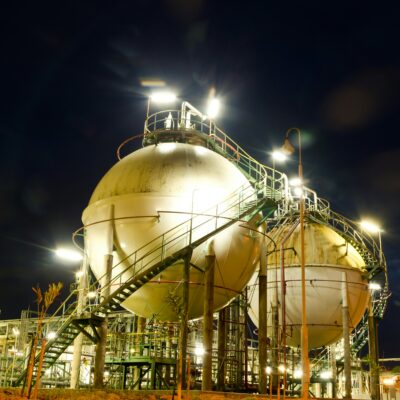Crude Oil Tanker Market Facing Aging Fleet, Says

The crude oil tanker market
is facing an aging fleet of vessels which require to be
changed, posing an obstacle as shipyards are focused on
building other kinds of ships, a top executive with product
trader Trafigura said on Tuesday.
The unrefined tanker market, including VLCC supertankers, has
remained strong in current months partially due to longer trips
made by some vessels cruising by means of southern Africa amidst Red Sea
attacks by the Houthis, which has actually tightened up schedule.
In addition, as much as 850 tankers are approximated to have left
traditional trading to transfer approved oil including from
Russia, Iran and Venezuela as part of the so-called shadow
fleet.
The marketplace is coming to grips with an aging (tanker) fleet that
will require to be changed, Andrea Olivi, head of damp freight for
Trafigura, told Reuters.
The huge shipyards are currently focused on structure big
container and LNG (liquefied natural gas) ships instead of VLCC
vessels, he stated on the sidelines of the Posidonia shipping
week in Athens.
A market source stated Trafigura had actually placed an order for
5 VLCC newbuild tankers from China’s New Hantong Shipyard –
their first newbuild orders for VLCCs.
The first two brand-new tankers are arranged for delivery in 2026
and the remaining vessels in 2027, which will all be dual-fuel
ammonia prepared, the source included.
It normally takes 3 years typically for vessels to be
delivered from lawns with the focus in recent years being on
developing container ships and LNG tankers due to sector booms.
Lars Barstad, president of leading tanker operator
Frontline, told a profits call last week the marketplace required to
order some 1,100 crude tankers in the coming years, including
400 VLCCs.
Our confidence in this section of the marketplace is growing,
driven by the requirement to replace an aging fleet with new vessels,
Trafigura’s Olivi said, describing crude tankers.
Trafigura is accountable for more than 5,000 trips a year
and has approximately 400 vessels in their fleet at any provided
time, which includes tankers and dry freight, Olivi added.
This article was originally published by a www.marinelink.com
Read it HERE







